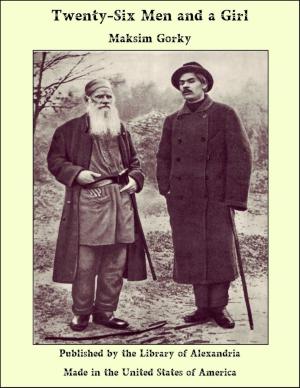Rules and Practice for Adjusting Watches
Nonfiction, Religion & Spirituality, New Age, History, Fiction & Literature| Author: | Walter J. Kleinlein | ISBN: | 9781465517852 |
| Publisher: | Library of Alexandria | Publication: | March 8, 2015 |
| Imprint: | Language: | English |
| Author: | Walter J. Kleinlein |
| ISBN: | 9781465517852 |
| Publisher: | Library of Alexandria |
| Publication: | March 8, 2015 |
| Imprint: | |
| Language: | English |
In the early days of horology the apprentice was taught the art of making a complete watch. Production was slow, very few duplicate watches were constructed, and it was necessary that extra material be made individually by hand in the same way that the original part was produced. As time passed the value of the repairer was indicated by his ability to make new parts and to replace them so that the watch would again be in running condition. This was the prevailing situation for many years and the repairer was judged according to his skill in making and finishing the various parts. A similar method of judging ability is still in force among some employers, although the development of the industry into machine and specialized work has made many changes in regard to the most important duties of the repairer. It is no longer necessary for him to know how to make a complete watch and only on occasional instances is it necessary for him to make a part. Genuine material for modern watches is supplied by the manufacturer at less expense than it can be produced by the individual and in this particular branch of the work the repairer's requirements have been very considerably curtailed. A more exacting and a higher standard of timekeeping has developed, however, and in this field the requirements of the watchmaker have increased to the extent that it is no longer sufficient to merely restore a good watch to running condition. It must keep time. This development has grown gradually and surely and the past twenty-five years may be assumed as the period of greatest advance
In the early days of horology the apprentice was taught the art of making a complete watch. Production was slow, very few duplicate watches were constructed, and it was necessary that extra material be made individually by hand in the same way that the original part was produced. As time passed the value of the repairer was indicated by his ability to make new parts and to replace them so that the watch would again be in running condition. This was the prevailing situation for many years and the repairer was judged according to his skill in making and finishing the various parts. A similar method of judging ability is still in force among some employers, although the development of the industry into machine and specialized work has made many changes in regard to the most important duties of the repairer. It is no longer necessary for him to know how to make a complete watch and only on occasional instances is it necessary for him to make a part. Genuine material for modern watches is supplied by the manufacturer at less expense than it can be produced by the individual and in this particular branch of the work the repairer's requirements have been very considerably curtailed. A more exacting and a higher standard of timekeeping has developed, however, and in this field the requirements of the watchmaker have increased to the extent that it is no longer sufficient to merely restore a good watch to running condition. It must keep time. This development has grown gradually and surely and the past twenty-five years may be assumed as the period of greatest advance















